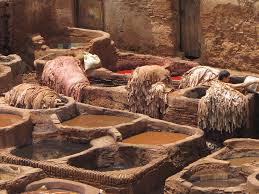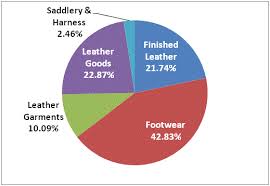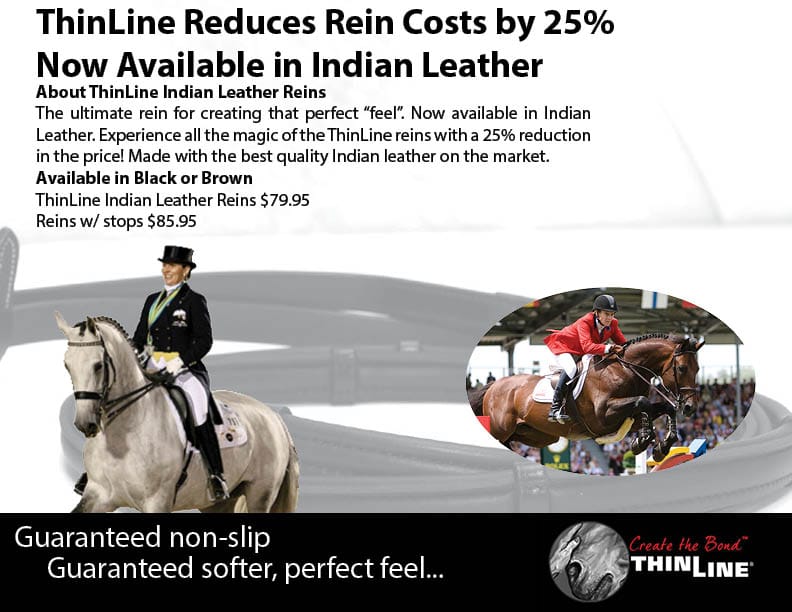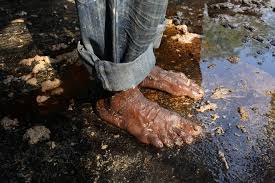English Reins Indian Leather added to No Slip English Reins
Remember that time you lost your hold on your reins in the ring? Not if you had ThinLine reins. At ThinLine, we take pride in bringing our customers the very best products at a reasonable price, and we are constantly working to improve both of those aspects. That is why we’re excited to announce the addition of Indian Leather as a choice for our most popular English no slip reins.
Riders from all English disciplines consider ThinLine reins as one of the best English reins on the market. They love ThinLine’s English reins because the foam is so effective at creating soft hands and providing a non-slip grip that creates comfort and stability in each ride.
“The ThinLine reins are a true game changer!” said Kim Gentry, an International Grand Prix rider and trainer. “I ride many horses a day, and these reins immediately stopped the pain I was getting in my knuckles. I’ve recommended them to multiple customers who have arthritis and they all love the reins. Every bridle in my barn has these reins!”
Historically, our reins have only been manufactured with English leather, and top quality leather comes at a high cost. We wanted to offer riders another choice of leather at an economical price, but we didn’t want to lower our standards or further contribute to poor environmental practices common with producing less expensive leather products in India.
It has been a long journey because we know there is more at stake than just price. However, we have finally found companies who are invested in good ecological practices while producing an excellent product.

Historically, the English tanned and stitched leather better than anyone in the world. Throughout history, tanning was considered a noxious or “odoriferous trade” and relegated to the outskirts of town, usually among the poor villagers. Tanning by ancient methods is so foul smelling, tanneries are still isolated from those towns today where the old methods are used.
The Tanning Process:
English leather is tanned with Oak-Bark. Oak trees are only available in cool climates. Countries with low-wage workers such as China and India are primarily cooler climates and have no Oak trees as natural resources so they use plants in their region for the tanning process. The resulting leather goods do not have the same soft supple feel or fragrant “new leather” smell.
The Environment:
The leather tanning process involves chemical and organic compounds that can have a detrimental effect on the environment. These processes also use large quantities of water and produce a vast amount of pollutants.
When England colonized India much of their tanning was moved to the town of Kanpur. (Now,
English Or Indian Leather?
The rider only touches the portion of the rein with the ThinLine foam; so why has this product only been available in English Leather? And what is the difference?
Indian has begun importing Oak tannins and developing a skilled work force who can begin to match some of the talent seen in leather strap goods coming out of the UK at a lower price. Add to this the importance of companies who are willing to take the time and expense of keeping their environment clean, and we feel great about adding Indian Leather to our line of products. We are supporting commerce in a much-needed area of the world and the quality is so high it is becoming more and more difficult to tell the Indian Leather from the English Leather.
If you have waited to give ThinLine Reins a try this may be the moment! Save 25% by choosing ThinLine Reins with Indian Leather.
English Reins Indian Leather added to No Slip English Reins







